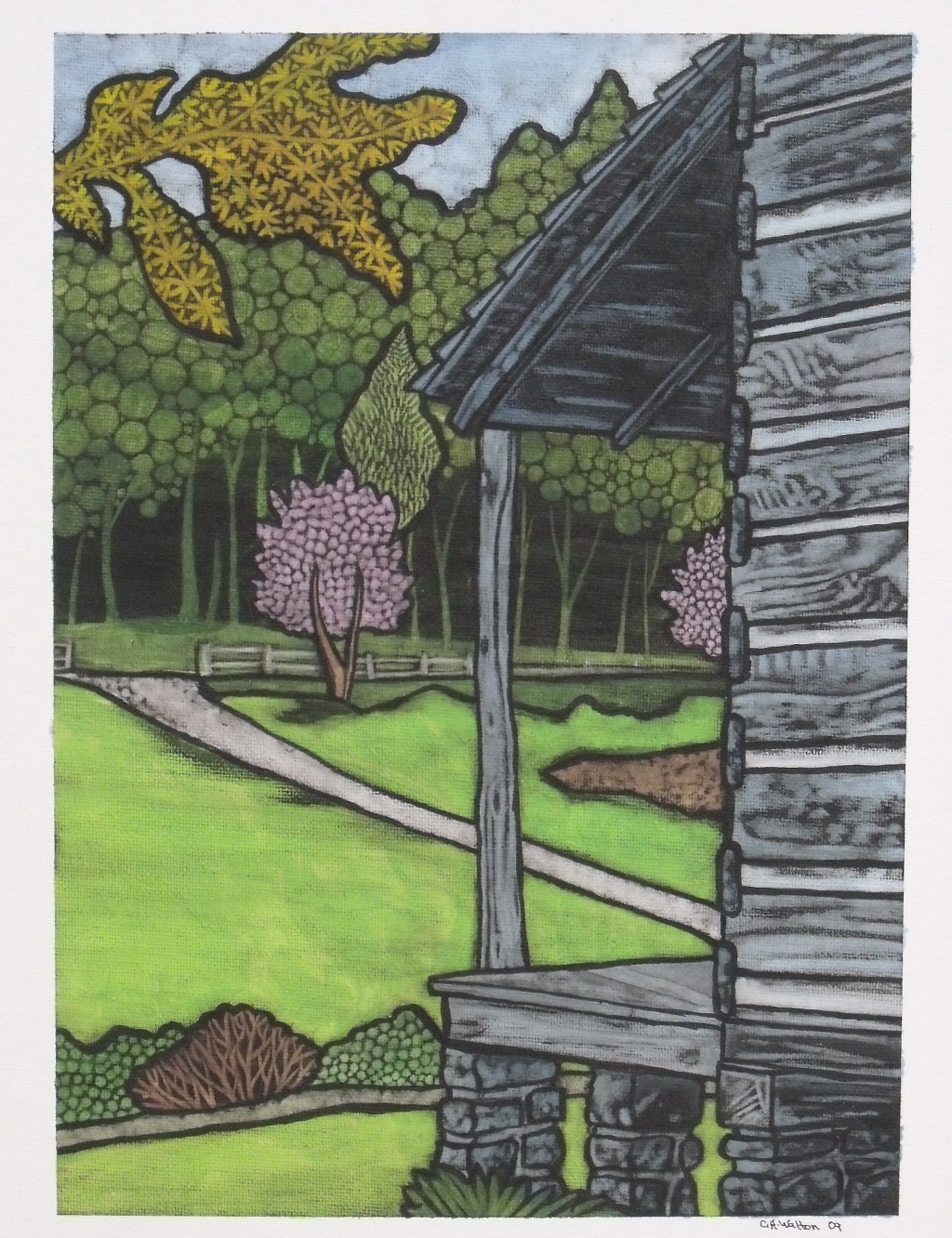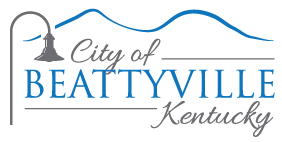 The early settlers who put down their roots at the forks of the Kentucky River were a hardy bunch and probably not as different from the Indians as they would have liked to believe. They were hunters, trappers, fishermen, farmers, gatherers and Indian fighters. Some of them were scouts who came with Daniel Boone through the Cumberland Gap. They helped build Fort Boonesborough and defended it until they had the confidence to take up land of their own up river. Stufflebean Creek and Beattyville was named for one of Boone’s Scouts and the village of Proctor across the river is a memorial to Indian Scout Joseph Proctor. Several of Daniel Boone’s relatives are buried around various parts of Lee County. In time, other settlers would leave Lee County, Virginia and cross into Kentucky through the Payne Gap and follow the North Fork River downstream to this area.
The early settlers who put down their roots at the forks of the Kentucky River were a hardy bunch and probably not as different from the Indians as they would have liked to believe. They were hunters, trappers, fishermen, farmers, gatherers and Indian fighters. Some of them were scouts who came with Daniel Boone through the Cumberland Gap. They helped build Fort Boonesborough and defended it until they had the confidence to take up land of their own up river. Stufflebean Creek and Beattyville was named for one of Boone’s Scouts and the village of Proctor across the river is a memorial to Indian Scout Joseph Proctor. Several of Daniel Boone’s relatives are buried around various parts of Lee County. In time, other settlers would leave Lee County, Virginia and cross into Kentucky through the Payne Gap and follow the North Fork River downstream to this area.
As the settlements grew around the forks of the river people began invisioning a great future for Proctor as a shipping port. As the Indian threat receded, settlers continued to make their way into the area. In 1845 our current county seat was named “Beatty Town” in honor of Samuel Beatty. Some years later “Town” was dropped and “ville” added and Beattyville was born.
Republished with the permission of the Three Forks Tradition
The people who settled around the three forks not only found wealth and built lives around the abundant natural resources, but celebrated rich and diverse artistic lives. Their music ranged from spirituals to wild dances and included vocal and instrumental compositions. Their art displayed a true appreciation for the land and people around them. And their crafts were often unique to the individuals and functional. These traditions are alive and thriving in today’s communty. Vist the “Artists” page to learn more about the living art of the Three Forks area.
